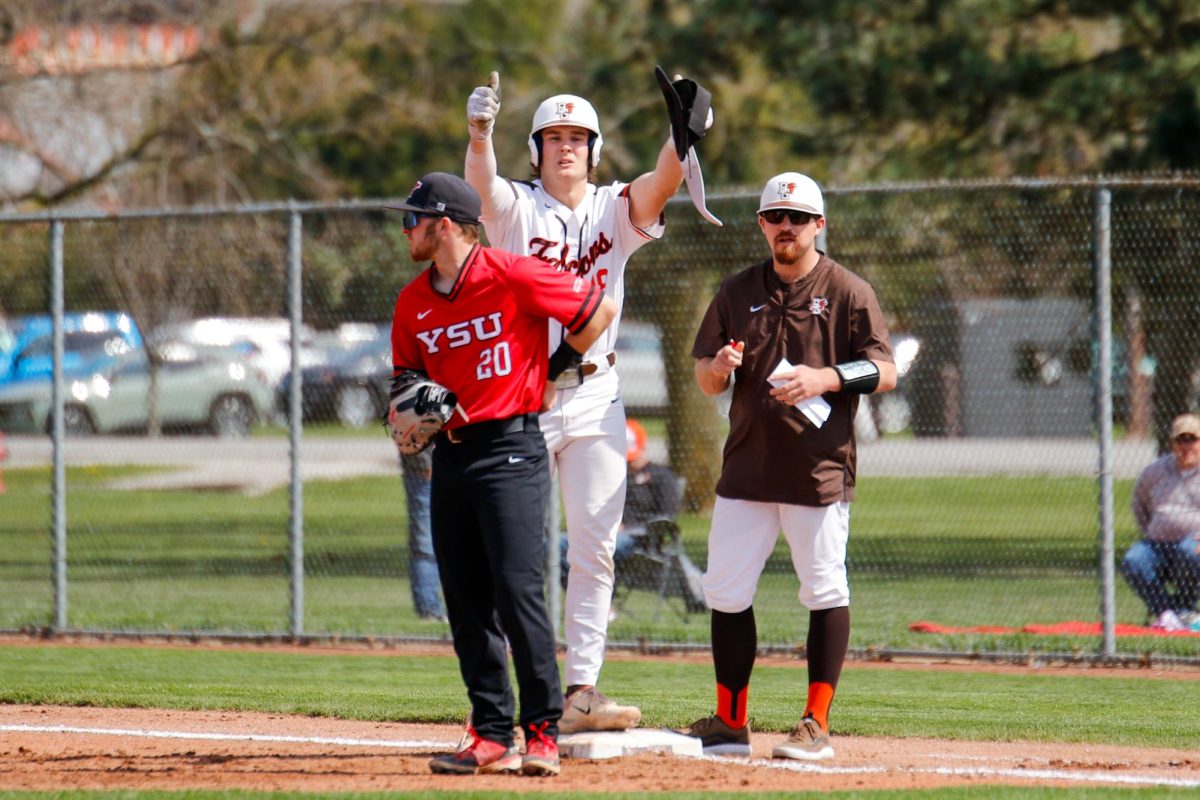NEW YORK – Some of the nation’s busiest airports will soon begin testing experimental radar systems designed to track flocks of birds and help pilots avoid the type of collision believed to have crippled a US Airways jet nearly two weeks ago.
Proponents say air traffic controllers could someday use the technology to delay takeoffs, reroute flights before they leave the ground, and perhaps even radio warnings to pilots to take evasive action.
The new technology uses a combination of inexpensive marine radar antennas, much like the kind used on fishing boats, and powerful computer software to monitor birds as they gather and soar as far as six miles away from an airport.
The dangers were illustrated Jan. 15 when a US Airways jet lost thrust in both engines after it apparently smacked into a flock of birds 90 seconds into a flight from LaGuardia Airport. The pilot managed to guide the plane to a belly landing on the Hudson River, saving all 155 people aboard.
Executives at DeTect Inc., a Panama City, Fla., maker of bird-detecting radar, said such systems might someday prevent accidents like that by letting controllers know when big groups of birds are getting close to a busy flight path.
Other experts and Federal Aviation Administration officials cautioned that the technology is unproven and still needs years of refinements. Still, it has shown enough promise that the FAA is expanding testing significantly.
Seattle-Tacoma International Airport, which has been evaluating bird radar since mid-2007, deployed its third detector on Friday. Chicago’s O’Hare is slated to get one of the systems within six weeks. Dallas-Fort Worth, which took part in a previous round of testing, will see a more permanent installation within three months.
And last week, the Port Authority of New York and New Jersey asked the FAA to consider installing the systems at all three of its major airports.
Even before the US Airways accident, one of those busy airports, Kennedy, was on the list of sites slated to get a unit in the coming months, but the Port Authority asked that the installation be accelerated and expanded.
Tim J. Nohara, president of radar-maker Accipiter of Ontario, Canada, said he envisions the systems working much like weather advisories, providing controllers and airport managers with a general sense of the presence of migrating birds in the area, rather than give specific information about an impending collision.
“The technology we have right now is capable of doing it,” he said.
As for relaying information to pilots in time for them to take evasive action, “we’re years off from that happening,” said Steve Osmek, the wildlife program manager at Seattle-Tacoma International.
The technology is relatively cheap. A simple bird radar system can be had for $500,000, about what it costs to replace a single engine knocked out by a bird. More expansive systems can cost $2 million or more.
The FAA began researching such technology nearly nine years ago, and experimental systems have been undergoing trials for several years at military airfields.
Birds have been a danger at all three major New York City-area airports.
Historically, the problem has been worst at seaside Kennedy, but the number of plane-vs.-bird incidents there has declined recently, from 146 strikes in 1996 to 70 in 2007, while the problem at LaGuardia has become more serious. Pilots and controllers reported 87 strikes there in 2007 versus 25 in 2001. Figures from 2008 are not available.
In almost all cases, planes can keep flying after they hit birds, but the damage is often expensive to repair and there are occasionally horrific accidents.
The Port Authority and its insurers had to pay Air France $5.3 million for damage inflicted on a Concorde jet by a flock of geese at JFK in 1995. A DC-10 carrying 139 people crashed and burned on JFK’s tarmac in 1975 after colliding with gulls during takeoff. The passengers survived.
As for whether bird-detecting radar could help avoid those types of accidents, the FAA is bullish on their potential, but realistic about where the technology is now.
“It is a vision, at this point,” said Ryan King, wildlife hazard program manager at the FAA’s research facility in Atlantic City, N.J. But he added: “We are seeing some positive results.”















